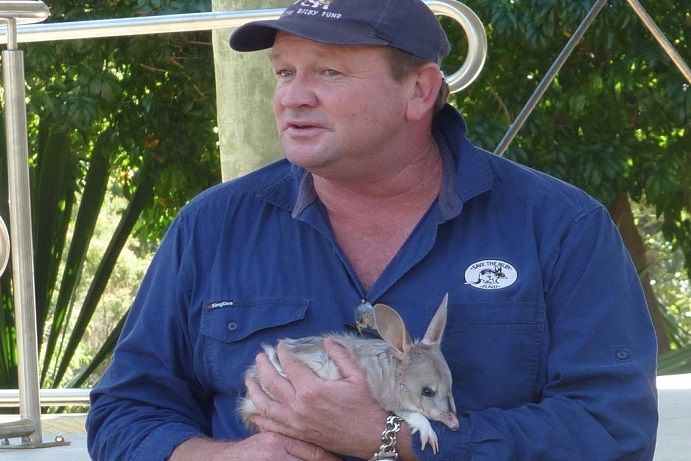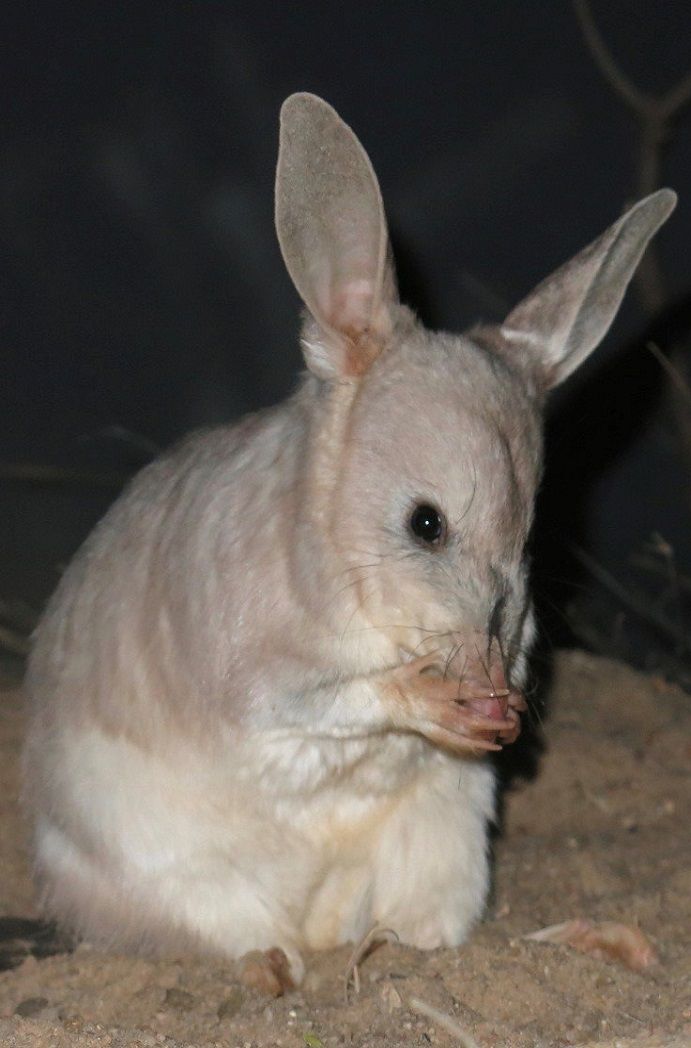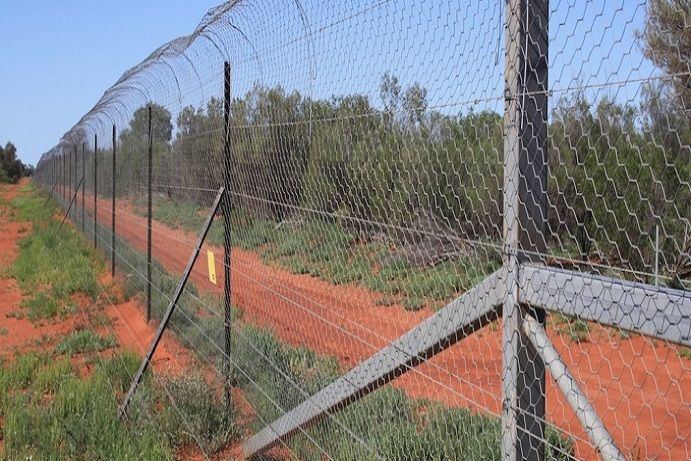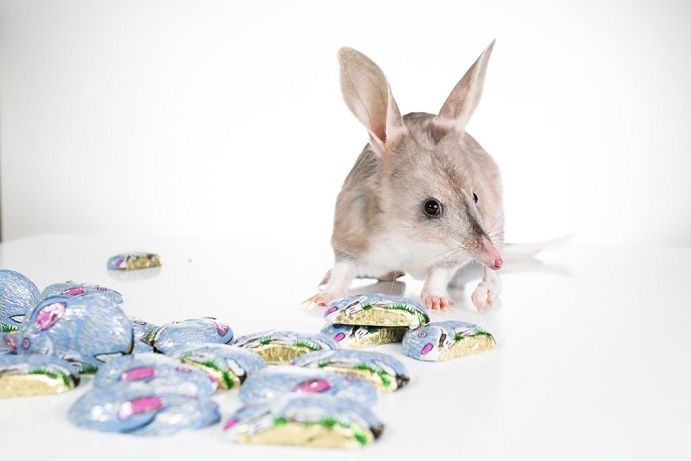Why you should support the bilby this Easter
List
By Carla Adams
It may be officially the cutest animal you’ve never heard but it’s that cuteness that’s helped take the plight of this native Australian animal beyond hyperbolic clickbait. Now, the beautiful bilby is considered an ambassador for the conservation of Australia’s native species.
CEO of the Save the Bilby Fund, Kevin Bradley, says it’s the bilby‘s charisma that has made it the mascot for campaigns designed to both save the bilby and educate the public about the many other species that are facing extinction in Australia.
It’s not too late to save the bilby

“I’m so passionate about bilby conservation because – of all our threatened species – the bilby has one of the better chances of survival. That’s partly because it doesn’t compete with human activity across much of its desert habitat,” says Bradley.
“The main challenge facing the bilby has been the introduction of feral animals. They have had such an enormous impact on the Australian environment. Introduced predators affect all our animals in the medium-weight range – birds, reptiles, amphibians, small mammals – basically anything that can be preyed on by a feral species or has to compete with it,” he says
What the heck is a bilby?

The bilby is like the Mr Potato Head of Australian wildlife. It has small kangaroo-like legs, a long black tail like a rat, a pointed snout like a bandicoot and a pretty pink nose like a possum. But while it may look like a cutesy amalgam, the omnivorous marsupial is, in fact, the last remaining relative of arid bandicoots left in Australia. And its demise, says Bradley, would be devastating.
Fossils of the bilby’s ancestors date back more than 15 million years. However, it’s a very significant animal to Indigenous groups because of how much landscape they traditionally occupied.
“Bilbies once lived everywhere from just west of the Great Dividing Range in Queensland to beaches in Western Australia. They are a significant native species,” he says.
“We need to stop the alarming decline of our wildlife species to secure the long-term conservation of wild bilbies. Bilbies are amazing: they have superbly adapted to a harsh Australian landscape. They have a rapid reproductive rate and the shortest gestation period of almost any mammal (12-14 days). They are unique, like a lot of our native wildlife.”
Australia’s crazy extinction rates

The Save the Bilby charity was started in 1999 by former National Parks’ ranger Frank Manthey OAM and senior zoologist and scientist Peter McRae (aka The Bilby Brothers). Its aim is to raise money and public awareness about the steady decline of bilbies.
Sadly, Australia has one of the worst mammal extinction rates of any developed nation on Earth. More than 30 species of mammal have become extinct over the past 200 years.
“In comparison to other nations, Australia has an appalling record,” Bradley says. “Bilbies could once be found in their millions across 70% of the Australian mainland. They now only occupy 20% of their former range.”
Thanks to the Save the Bilby Fund, money was raised to build a 25 sq. km predator-exclusion fence on Currawinya National Park near Hungerford in Outback Queensland to keep out introduced red foxes and feral cats. These animals contribute to the massive population declines of other native species like dunnarts and kowari (small carnivorous animals), hopping mice and rock wallabies.
“Tens of millions of native animals are being killed by red foxes and feral cats in Australia every day. There are two billion rabbits in the landscape and that alone is having a massive environmental impact,” he says.
Celebrate bilbies not bunnies

Do you want the good news or the bad news? There are now so few animals left in the wild that the bilby is on the endangered list in Queensland. In Western Australia and the Northern Territory, where bilbies are also found, they’re listed as vulnerable.
So how can you help? By “celebrating bilbies not bunnies” at Easter time. Bradley says Australians spend about $1.8 million on chocolate at Easter each year. If we bought chocolate bilbies instead of bunnies, we’d all be contributing to much-needed funding and helping to raise awareness.
“I’d love to see consumers put pressure on major supermarkets such as Coles and Woolworths to stock chocolate bilbies,” Bradley says.
The bilby’s future is in our hands

In addition to the Easter initiative, the fund has successfully campaigned for a National Bilby Day. Held on the second Sunday of September, it’s the only Australian animal with its own national day. This is when the charity appeals to the public for cash donations to support its breeding programs.
If you want to get close to a bilby, the good news is you can! You can visit them around the country at places like Dreamworld, the Currumbin Wildlife Sanctuary (they also have a Bilby breeding program) and the David Fleay Wildlife Park on the Gold Coast, the Charleville Bilby Experience (get there with this road trip itinerary), Ipswich Nature Centre, Darling Downs Zoo, Taronga Zoo and Perth Zoo.
To locate stockists of Pink Lady chocolate bilbies, visit the Save the Bilby Fund website and always look for the Save the Bilby Fund swing tags to ensure products contribute to bilby conservation.
